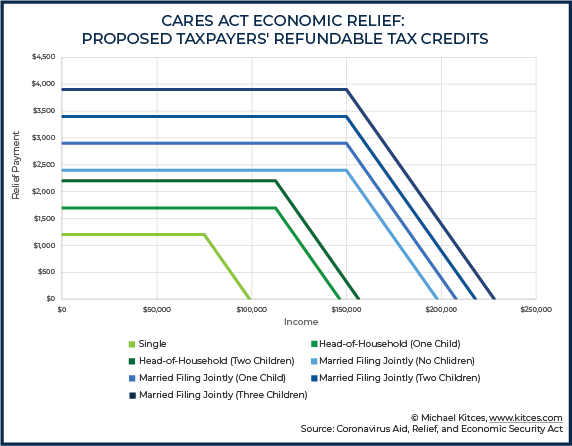The first three months of the year would not be described as boring by any stretch of the imagination. With the war in Ukraine continuing to create global uncertainty and the government-assisted closing of two of the largest regional banks in history, there is plenty to capture our short-term focus. But even with these and other events, many stock indexes are up since early January and bond prices have seen some recovery as interest rate pressure has eased a bit. The point is that sometimes investment returns can tell a different story than does the current headlines.
However, whether the numbers are up or down in any given year, we caution against letting them alter your mood, or as importantly, your portfolio mix. Because, when it comes to future expected returns, short term performance is among the least significant determinants available.
Thumbs Down…Thumbs Up
In the thumbs-down category, U.S. stock market indexes1 turned in annual lows not seen since 2008, with most of the heaviest big tech stocks2 taking a bath. Bonds fared no better, as the U.S. Federal
Reserve raised rates to tamp down inflation. The U.K.’s economic policies3 resulted in Liz Truss becoming its shortest-tenured prime minister ever, while Russia’s invasion of Ukraine and China’s continued COVID woes kept the global economy in a tailspin. Cryptocurrency exchanges like FTX4… well, you know what happened there.
On the plus side, inflation has appeared to be easing slightly, and so far, a recession has yet to materialize. A globally diversified, value-tilted strategy5 has helped protect against some (certainly
not all) of the worst returns. An 8.7% Cost-of-Living Adjustment (COLA)6 for Social Security recipients has helped ease some of the spending sting, as should some of the provisions within the newly enacted SECURE 2.0 Act of 2022.
Recency Bias
Now, how much of this did you see coming last January? Given the unique blend of social, political, and economic news that defined the year, it’s unlikely anything but blind luck could have led to accurate
expectations at the outset.
In fact, even if you believe you knew we were in for trouble back then, it’s entirely possible you are altering reality, thanks to recency and hindsight bias. The Wall Street Journal’s Jason Zweig7 ran an experiment to demonstrate how our memories can deceive us like that. Last January, he asked readers to send in their market predictions for 2022. Then, toward year-end, he asked them to recall their predictions (without peeking). The conclusion: “[Respondents] remembered being much less bullish than they had been in real time.”
In other words, just after most markets had experienced a banner year of high returns in 2021, many people were predicting more of the same. Then, the reality of a demoralizing year rewrote their memories; they subconsciously overlaid their original optimism with today’s pessimism.
What have we learned?
Where does this leave us? Clearly, there are better ways to prepare for the future than being influenced by current market conditions, and how we’re feeling about them today. Instead, everything we cannot yet know will shape near-term market returns, while everything we’ve learned from decades of disciplined investing should shape our long-range investment plans.
As we head into a new quarter, always know that we are here to help and are grateful for your
continued trust.
Josh







